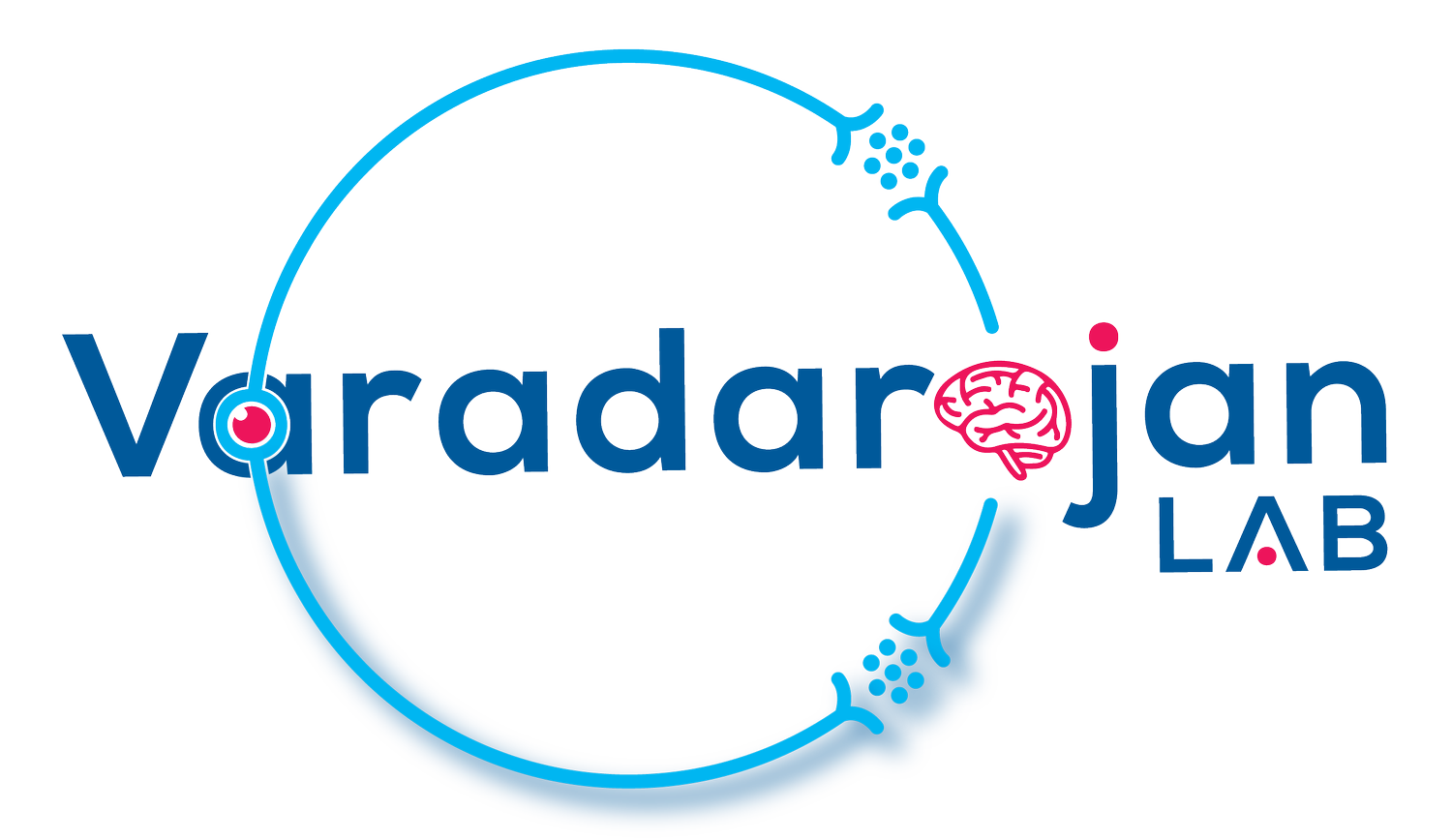Our Research
The Varadarajan Lab is interested in understanding the signals that can promote axon growth following a lesion, and identifying the mechanisms that direct regenerating axons to reconnect with target neurons to restore function. Mammalian central nervous system (CNS) neurons have limited ability to recover from damage. The retina, a part of the CNS, offers a tractable model in which to study CNS regeneration. RGC neurons retain limited regenerative potential when damaged and therefore represent a key bottleneck in conditions that cause blindness. Although mechanisms that promote cell survival and axon regeneration have improved the degree of repair that is achievable, a lot less is known about the signals involved in reconnecting regenerating axons back to their target neurons in the brain - a critical step for restoring function. We use interdisciplinary skillsets that span molecular/cellular techniques, mouse genetics, viral approaches, behavior, and transcriptomics to understand the role of postsynaptic visual target neurons in promoting repair and restoring vision.
We have previously shown that a distal injury model offers unique advantages to identifying the signals involved in reconnecting RGC axons. Enhancing neural activity in postsynaptic neurons using a chemogenetic approach promotes regeneration of RGC axons following a distal lesion to the optic tract. Thus, similar to development, postsynaptic visual target neurons and neural activity play a crucial role in promoting regeneration and reconnectivity of RGC axons. How does increase in neural activity promote regeneration? We are diving into three main branches in our lab to uncover the mechanisms underlying activity-induced visual repair.
-
A major milestone in the formation of the eye-to-brain pathway occurs when retinal ganglion cells project their axons to target neurons in the brain to relay visual input. This phenomenon takes place during development and is directed by trophic factors, axon guidance cues, and neural activity. Notably, signals from within the retina, and from postsynaptic target neurons in the brain direct the formation of this retinofugal pathway.
We aim to uncover the molecular determinants in visual target neurons that drive RGC axon regeneration, axon-target selection, and synapse formation in the adult, regenerating brain.
-
Glia constitute about half the cells of the CNS and play a wide variety of functions during development and in disease. Neuron-glia interactions regulate neural circuit formation and are influenced by neuronal activity. We aim to understand how postsynaptic neuronal activity alters neuron-glia interactions following injury. We are particularly interested in identifying how neuron-glia interactions can be co-opted to promote distinct aspects of repair.
-
Neurodegenerative diseases and injuries that affect the nervous system often lead to degeneration of axons, and subsequent loss of function. Glaucoma is a leading cause of blindness and currently has no cure. Glaucoma manifests as axon degeneration in the distal optic tract and causes progressive vision loss, such that patients first lose their peripheral vision and slowly lose their central vision, leading to complete blindness. We are interested in understanding how postsynaptic neuronal activity and target-derived signals can be leveraged to prevent degeneration of visual circuits and preserve vision in conditions such as glaucoma and other optic neuropathies.




